磷酸甲基二苯基酯, 分析对照品,Diphenyl Methylphosphonate
产品编号:西域试剂-WR379969| CAS NO:7526-26-3| MDL NO:MFCD00137951| 分子式:C13H13O3P| 分子量:248.21
本网站销售的所有产品仅用于工业应用或者科学研究等非医疗目的,不可用于人类或动物的临床诊断或者治疗,非药用,非食用,
| 英文名称 | Diphenyl Methylphosphonate |
|---|---|
| CAS编号 | 7526-26-3 |
| 产品熔点 | 32.5-37.5ºC(lit.) |
| 产品沸点 | 344.3ºC at 760 mmHg |
| 产品密度 | 1.21 g/mL at 25ºC(lit.) |
| 产品闪点 | 230 °F |
| 精确质量 | 248.06000 |
| PSA | 45.34000 |
| LogP | 3.96730 |
| 外观性状 | solid |
| 折射率 | 1.554 |
| 稳定性 | 如果遵照规格使用和储存则不会分解。 |
| 储存条件 | 密封于阴凉干燥环境 |
相关文档
化学品安全说明书(MSDS)
下载MSDS质检证书(COA)
相关产品
| WGK德国 | 3 |
|---|---|
| RTECS号 | SZ9127500 |
|
Section I.Chemical Product and Company Identification Chemical Name Diphenyl Methylphosphonate Portland OR Methylphosphonic Acid Diphenyl Ester Synonym C13H13O3P Chemical Formula
CAS Number7526-26-3 Section II.Composition and Information on Ingredients Chemical NameCAS Number Percent (%)TLV/PELToxicology Data Diphenyl Methylphosphonate7526-26-3Min. Not available.Rat LD50 (oral) 233 mg/kg 98.0%(GC) Section III. Hazards Identification Acute Health EffectsToxic if ingested or inhaled. Avoid prolonged contact with this material. Overexposure may result in serious illness or death. Follow safe industrial hygiene practices and always wear proper protective equipment when handling this compound. Chronic Health EffectsCARCINOGENIC EFFECTS : Not available. MUTAGENIC EFFECTS : Not available. TERATOGENIC EFFECTS : Not available. DEVELOPMENTAL TOXICITY: Not available. Repeated exposure to an highly toxic material may produce general deterioration of health by an accumulation in one or many human organs. Section IV.First Aid Measures Eye ContactCheck for and remove any contact lenses. In case of contact, immediately flush eyes with plenty of water for at least 15 minutes. Get medical attention. Skin ContactIn case of contact, immediately flush skin with plenty of water for at least 15 minutes while removing contaminated clothing and shoes. Wash clothing before reuse. Thoroughly clean shoes before reuse. Get medical attention immediately. InhalationIf the victim is not breathing, perform mouth-to-mouth resuscitation. Loosen tight clothing such as a collar, tie, belt or waistband. If breathing is difficult, oxygen can be administered. Seek medical attention if respiration problems do not improve. INDUCE VOMITING by sticking finger in throat. Lower the head so that the vomit will not reenter the mouth and throat. Ingestion Loosen tight clothing such as a collar, tie, belt or waistband. If the victim is not breathing, perform mouth-to-mouth resuscitation. Examine the lips and mouth to ascertain whether the tissues are damaged, a possible indication that the toxic material was ingested; the absence of such signs, however, is not conclusive. Section V.Fire and Explosion Data Auto-IgnitionNot available. FlammabilityMay be combustible at high temperature. Flash PointsFlammable LimitsNot available. 110°C (230°F). Combustion ProductsThese products are toxic carbon oxides (CO, CO2), phosphates. Fire Hazards Not available. Risks of explosion of the product in presence of mechanical impact: Not available. Explosion Hazards Risks of explosion of the product in presence of static discharge: Not available. Fire Fighting Media SMALL FIRE: Use DRY chemical powder. LARGE FIRE: Use water spray, fog or foam. DO NOT use water jet. and Instructions Consult with local fire authorities before attempting large scale fire-fighting operations. Continued on Next Page Diphenyl Methylphosphonate Section VI.Accidental Release Measures Spill CleanupToxic Material. Stop leak if without risk. If the product is in its solid form: Use a shovel to put the material into a convenient waste Instructions disposal container. If the product is in its liquid form: DO NOT get water inside container. Absorb with an inert material and put the spilled material in an appropriate waste disposal. DO NOT touch spilled material. Use water spray to reduce vapors. Prevent entry into sewers, basements or confined areas; dike if needed. Eliminate all sources of ignition. Consult federal, state, and/or local authorities for assistance on disposal. Section VII. Handling and Storage Handling and StorageTOXIC. Keep locked up.. Keep away from heat. Mechanical exhaust required. When not in use, tightly seal the container and store in a dry, cool place. Avoid excessive heat and light. DO NOT ingest. Do not breathe dust. Wear Information suitable protective clothing. If ingested, seek medical advice immediately and show the container or the label. Treat symptomatically and supportively. Always store away from incompatible compounds such as oxidizing agents, alkalis (bases). Section VIII. Exposure Controls/Personal Protection Engineering ControlsUse process enclosures, local exhaust ventilation, or other engineering controls to keep airborne levels below recommended exposure limits. If user operations generate dust, fume or mist, use ventilation to keep exposure to airborne contaminants below the exposure limit. Personal ProtectionSplash goggles. Lab coat. Dust respirator. Boots. Gloves. A MSHA/NIOSH approved respirator must be used to avoid inhalation of the product. Suggested protective clothing might not be sufficient; consult a specialist BEFORE handling this product. Exposure LimitsNot available. Section IX. Physical and Chemical Properties Solid. (White Crystals and Lumps.)Solubility Physical state @ 20°CNot available. 1.21 (water=1) Specific Gravity Molecular Weight248.21Partition CoefficientNot available. Boiling Point Not available.Vapor PressureNot applicable. Melting Point32.5 to 37.5°C (90.5 to 99.5°F)Vapor DensityNot available. Refractive IndexNot available.VolatilityNot available. Critical TemperatureNot available.OdorNot available. ViscosityNot available.TasteNot available. Section X.Stability and Reactivity Data Stability This material is stable if stored under proper conditions. (See Section VII for instructions) Conditions of InstabilityAvoid excessive heat and light. Incompatibilities Reactive with strong oxidizing agents, strong alkalis (bases). Section XI. Toxicological Information RTECS NumberSZ9127500 Eye Contact. Ingestion. Inhalation. Routes of Exposure Toxicity DataRat LD50 (oral) 233 mg/kg CARCINOGENIC EFFECTS : Not available. Chronic Toxic Effects MUTAGENIC EFFECTS : Not available. TERATOGENIC EFFECTS : Not available. DEVELOPMENTAL TOXICITY: Not available. Repeated exposure to an highly toxic material may produce general deterioration of health by an accumulation in one or many human organs. Toxic if ingested or inhaled. Avoid prolonged contact with this material. Overexposure may result in serious illness or Acute Toxic Effects death. Follow safe industrial hygiene practices and always wear proper protective equipment when handling this compound. Continued on Next Page Diphenyl Methylphosphonate Section XII.Ecological Information EcotoxicityNot available. Not available. Environmental Fate Section XIII. Disposal Considerations Recycle to process, if possible. Consult your local regional authorities. You may be able to dissolve or mix material with a Waste Disposal combustible solvent and burn in a chemical incinerator equipped with an afterburner and scrubber system. Observe all federal, state and local regulations when disposing of the substance. Section XIV. Transport Information DOT ClassificationDOT Class 6.1: Toxic material. PIN Number Proper Shipping Name Toxic solid, organic, n.o.s Packing Group (PG)III DOT Pictograms Section XV. Other Regulatory Information and Pictograms TSCA Chemical InventoryThis compound is ON the EPA Toxic Substances Control Act (TSCA) inventory list. (EPA) WHMIS ClassificationCLASS D-1B: Material causing immediate and serious toxic effects (TOXIC). On NDSL. (Canada) EINECS Number (EEC)231-388-1 EEC Risk Statements R23/24/25- Toxic by inhalation, in contact with skin and if swallowed. SECTION 16 - ADDITIONAL INFORMATION N/A |
| 上游产品 10 | |
|---|---|
| 下游产品 6 | |

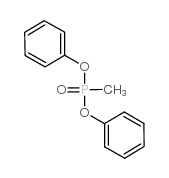
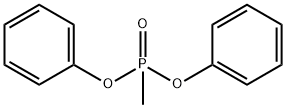

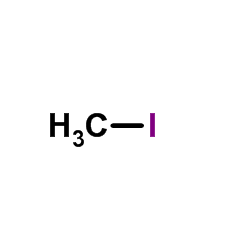
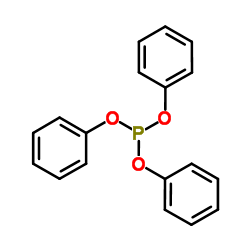
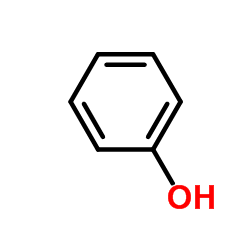
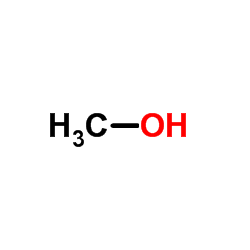
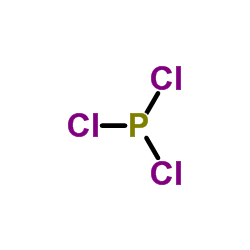
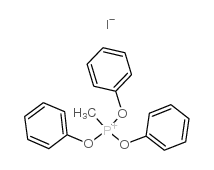
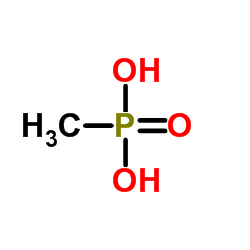
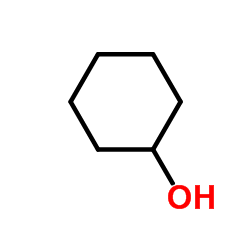
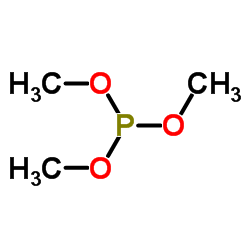
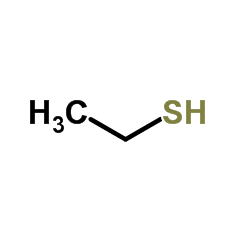
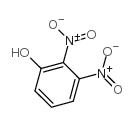

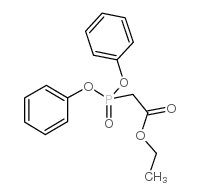
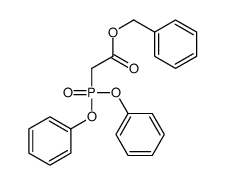





 浙公网安备 33010802013016号
浙公网安备 33010802013016号